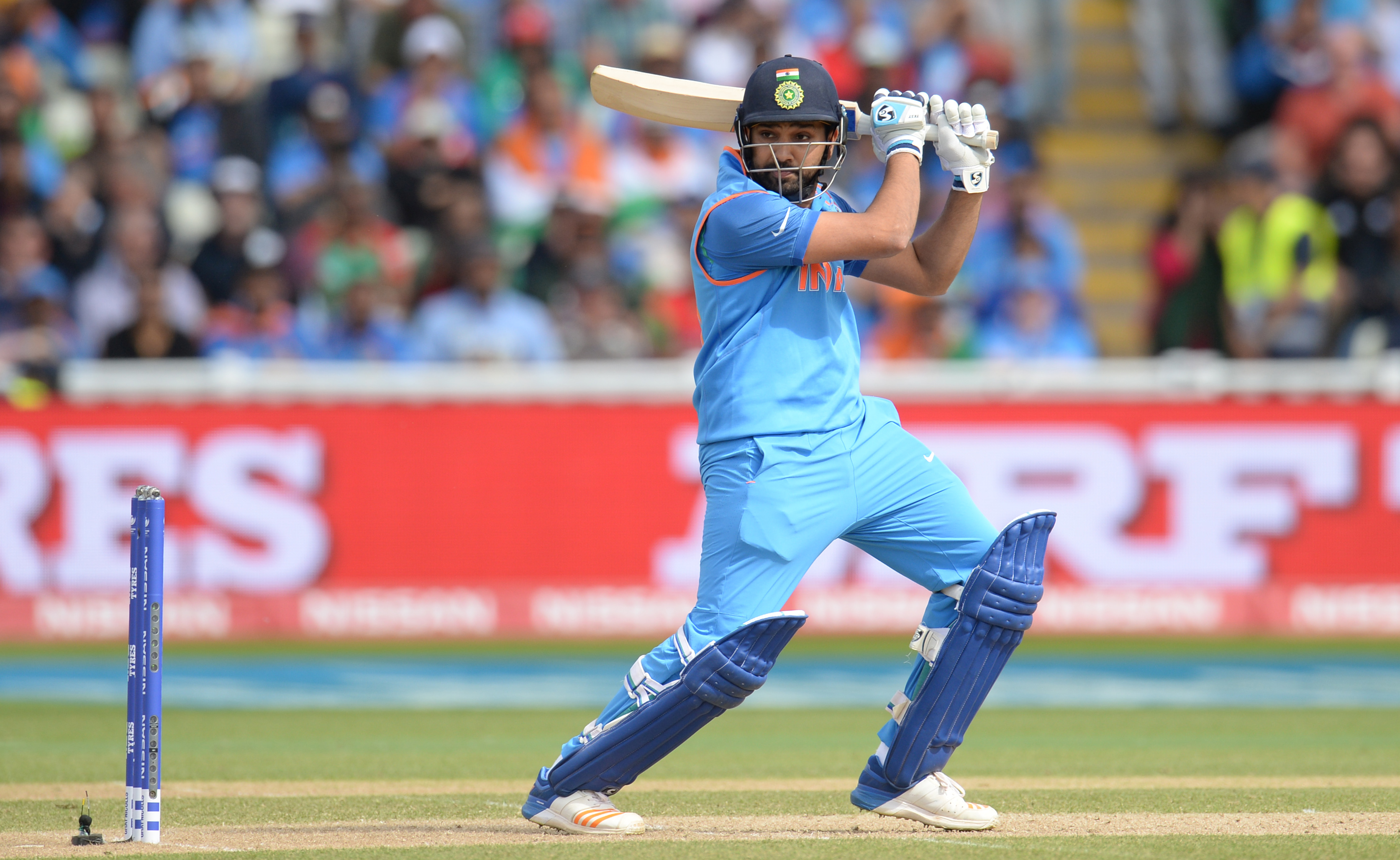India vs Windies | Takeaways: Indian batting trio classic and Khaleel Ahmed importance for India
India secured a 2-1 series lead after Rohit Sharma and Ambati Rayudu's majestic centuries propelled India to a total of 377/5. However, it was left-arm quick Khaleel Ahmed who dispelled all the negative notions and bagged a three-wicket haul in order to give India a more stable option.

Why the current Indian top-three is the most feared in Indian history
Sachin Tendulkar, Sourav Ganguly and the rest following them. The Indian top order used to be a stable one with Tendulkar and Ganguly holding the steering tightly. With some support from Rahul Dravid, Yuvraj Singh, and Virender Sehwag, there used to be an assurance that the team would end up in a safe position. Tendulkar and Sehwag did that for a while and the transition was complete in 2013 when MS Dhoni asked Rohit Sharma to open the innings. Shikhar Dhawan and Virat Kohli are two fine limited-overs batsmen and with the X-factor of Rohit, they make for a beautiful triumvirate.
The fine combination of outrageous shot-making abilities with each batsman capable of switching roles effortlessly makes India's top-three the best in the world. The ability to set themselves up in a way that one among the three bats through the innings is purely exceptional. Kohli did that with three of his hundreds in this series while Dhawan had done that in the Asia Cup in Kohli’s absence. And today, it was Rohit’s turn to make a statement.
Considering the way Windies scathed through the Indian line-up after Kohli’s dismissal in the third ODI, there was a rationale behind a circumspect beginning. Unlike the one at Pune, this one needed runs to be scored at the top with hitting through the line against a soft-ball proving very easy. When Rohit stepped out to hit eventually after a normal Rohit-like beginning, he seemed to have transcended once more to a batting evolution above others - including Kohli, who despite operating at the height level of his powers struggles early on to pick his gaps for singles. Today, the synergy between a six-hitter and the world's best constructor of an ODI innings was not there, but the job was allowed to be carried on with equal ease and India hovered around the 6rpo mark in the second powerplay. Does this phenomenon happen more often in a team? Probably not.
Rohit curbed his natural instinct to score the runs
There is a general pattern to Rohit Sharma’s progression of an innings. While he is a master when it comes to playing pull shots and hitting the punches on the backfoot, he is a supreme down the ground player as well and scores 24% of his runs in that area. However, in a marathon 162-run innings, he curbed that instinct completely, yet come out on the top. It was actually a plan well laid out by the Windies team to restrict Rohit. They bowled wide to Rohit, not let him access the ball from his steady base and denied the drive completely. The angle befuddled the Indian vice-captain, who could score a total of 18 runs of in the "V" down the ground. At the same time, 52 runs came through the square and behind square on the off side.
It was a revelation in Rohit’s ODI batting. While he is a fluid batsman and as consistent as Virat Kohli in the ODI cricket, he often gets dismissed when the opposition
Khaleel Ahmed’s ability to swing both ways might keep India in good stead
There is something special about pacers who played more tennis ball cricket growing up. Batsmen kept swinging their bat on muddy surfaces and to beat them, a bowler needs to be quick through the air. Khaleel Ahmed grew up playing tennis-ball cricket in Tonk, a Rajasthan town known for its
There are multiple facets to why Khaleel holds the upper hand over the other Indian pacers who are in the hunt for a World Cup place. Majorly because he is a left-arm pacer. It is a quality that India
Today, however, was a course correction in more ways than one. While he stuck to the good length area to allow the ball sufficient downtime to be in the air, he nipped the ball sharply back to the right-handers even from the over the wicket position. It was not easy for any left-arm pacer to emulate. But Khaleel did it just the way Wahab Riaz had strangled Shane Watson in the 2015 World Cup. His rise is a good story for the Indian cricket and they will only believe that it shouldn’t fritter away and be managed well.

Comments
Sign up or log in to your account to leave comments and reactions
0 Comments